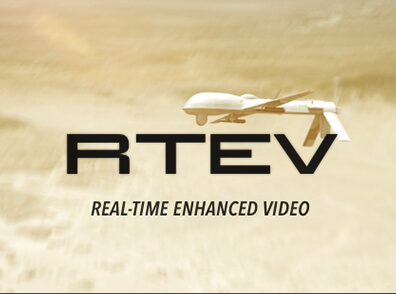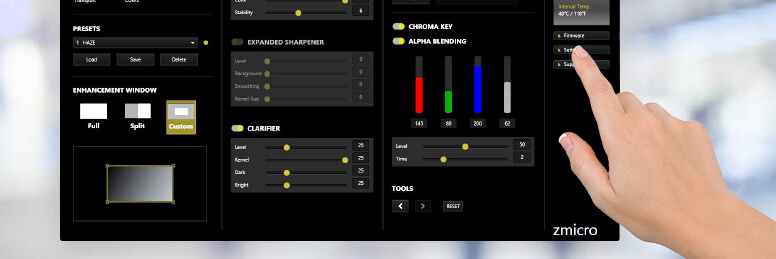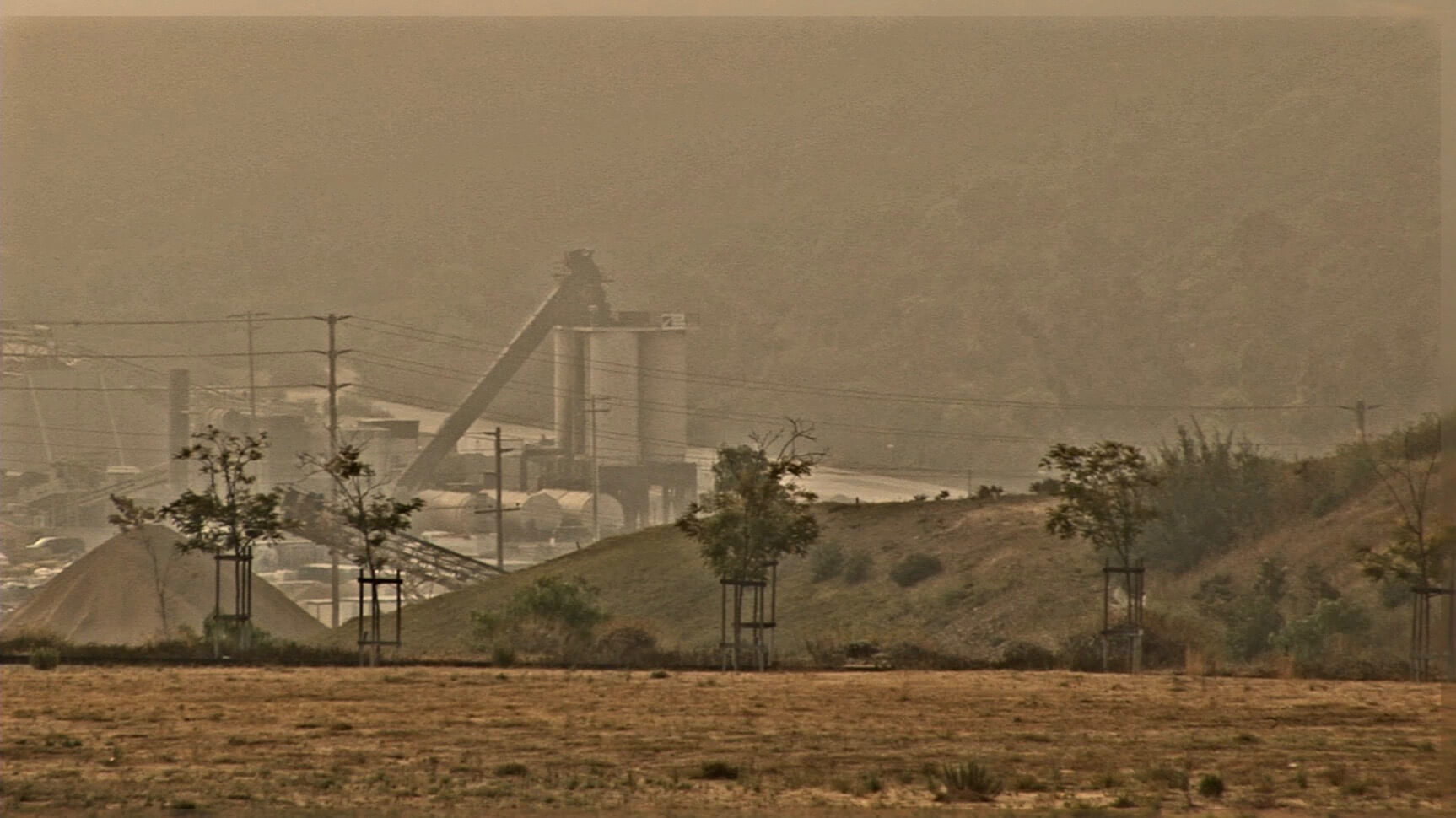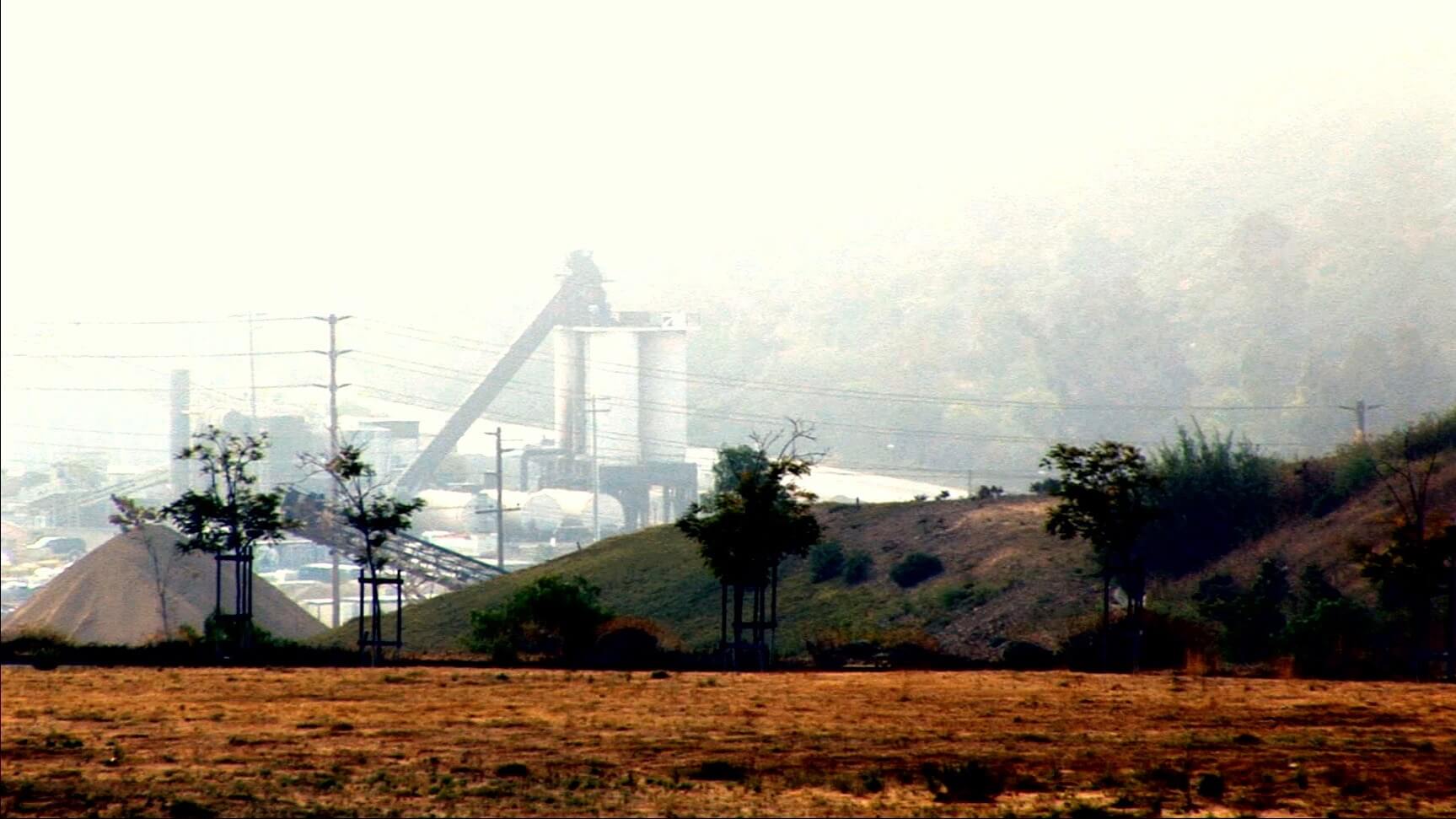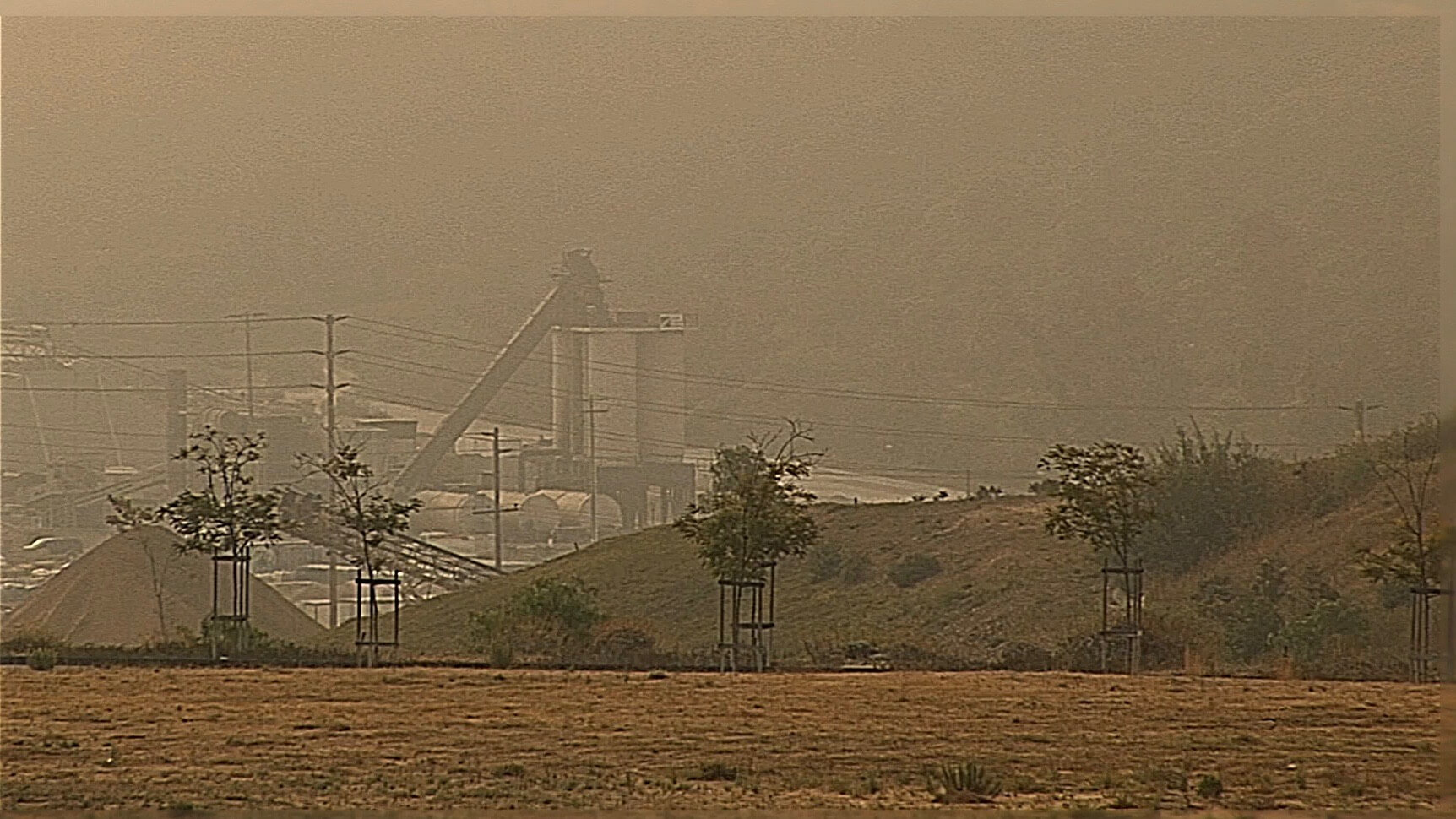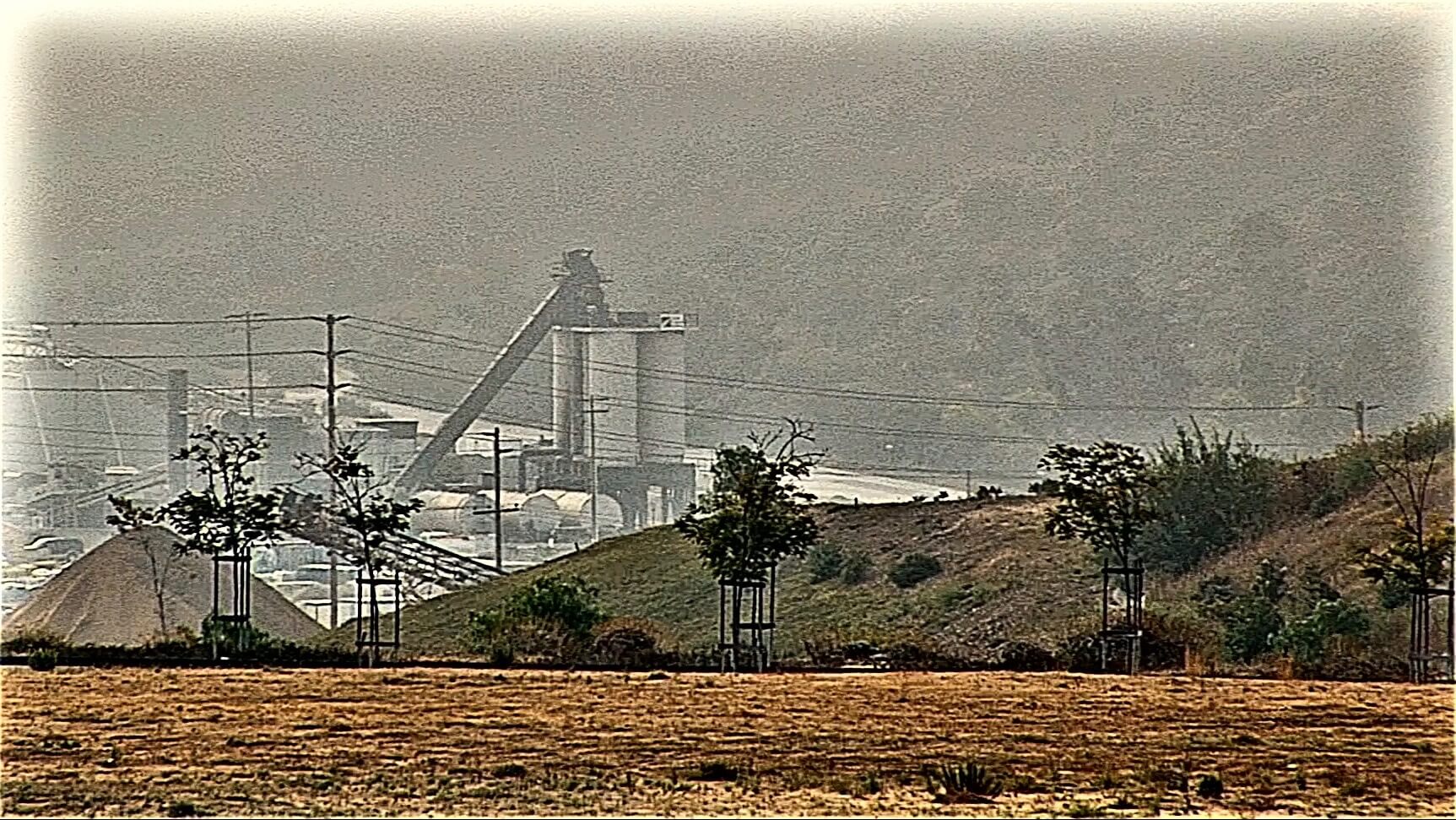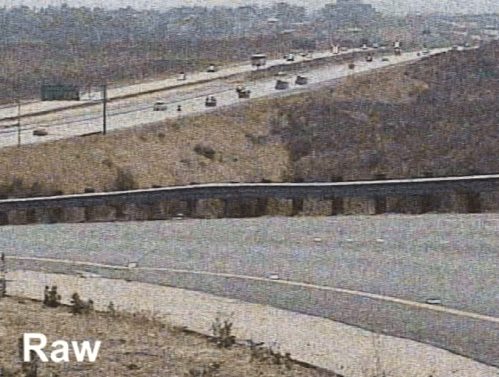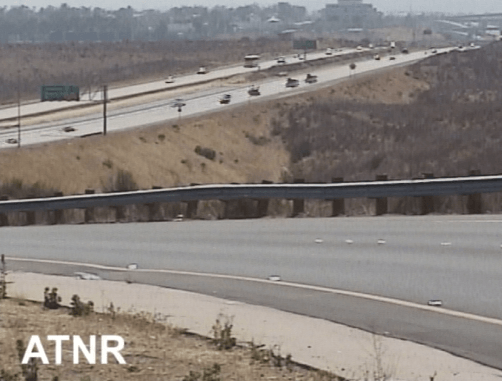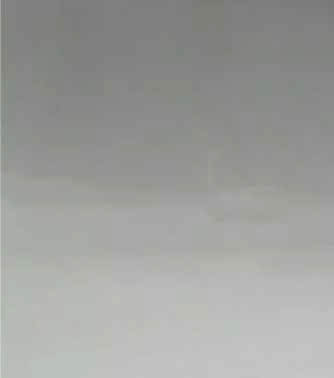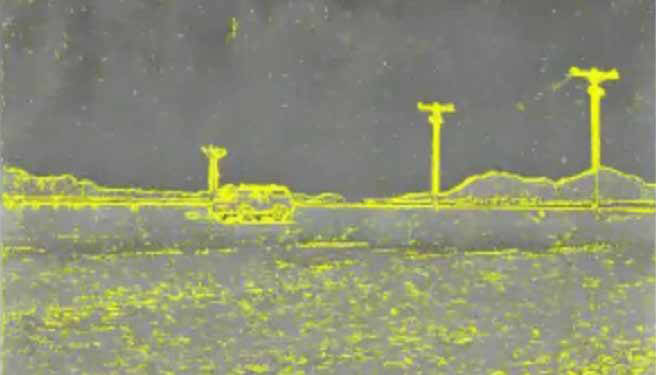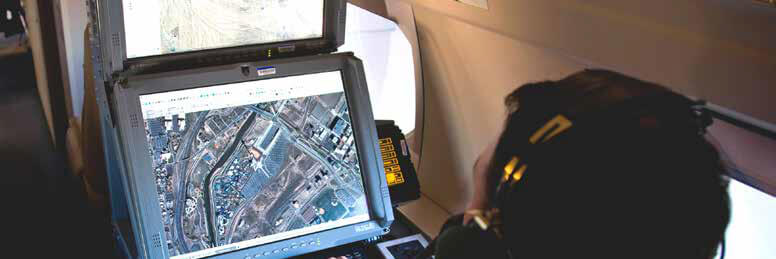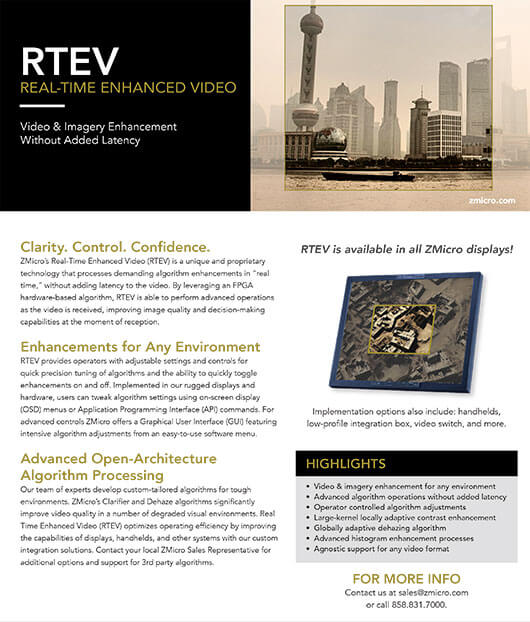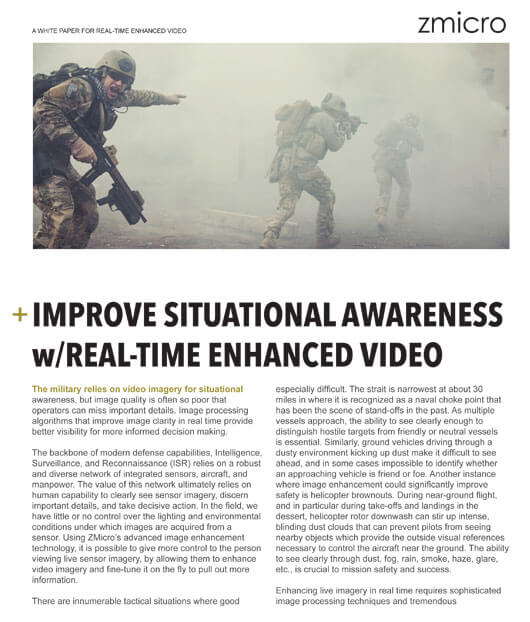REAL-TIME VIDEO ENHANCEMENT (RTEV) TECHNOLOGY FOR USE IN MILITARY APPLICATIONS
ZMicro’s Real-Time Enhanced Video (RTEV) technology improves visual clarity in live video. It enables you to see better in challenging visibility conditions and discern important details that might otherwise be missed.
Using RTEV video enhancement technology, you can see through fog, sand, smoke, low-light, dust, shadows, glare and more. While RTEV is a clear fit for degraded visual environments, many customers are surprised to see how effective RTEV is in helping them track visual details in relatively good quality video. This easy-to-use technology lets you extract more value from your video and gain the confidence to make critical decisions faster.
